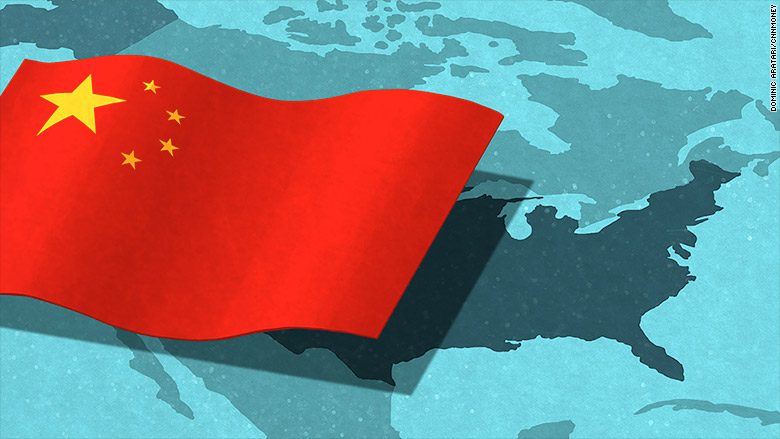 According to figures released by the Treasury Department on Wednesday evening, China’s holdings of U. S. government bonds fell $66 billion in November to $1.05 trillion. It is the sixth straight month that China has reduced its exposure to U. S. Treasuries.
According to figures released by the Treasury Department on Wednesday evening, China’s holdings of U. S. government bonds fell $66 billion in November to $1.05 trillion. It is the sixth straight month that China has reduced its exposure to U. S. Treasuries.
Since May, the value of China’s Treasury holdings has dropped by nearly $195 billion. Japan passed China in October to become the largest foreign owner of U. S. debt.
But Japan has leaped ahead of China only by default. Japan too cut back on its Treasury holdings in November, reducing them by $23.3 billion to about $1.11 trillion.
This is the fourth straight month that Japan has pulled back on U. S. debt. It has cut its holdings by $46 billion since July.
The selling began before Trump beat Hillary Clinton in the presidential race.
So it’s not accurate to say that China and Japan are unloading bonds just because of Trump. After all, Trump was still the underdog when China and Japan first started their sales.
But the acceleration of the Treasury sales in November could be yet another indication that investors feel Trump’s proposed stimulus policies will boost growth, which makes owning bonds less attractive.
Related: China is no longer the biggest foreign holder of U. S. debt
Keep in mind that Treasury yields go up when investors are selling bonds. And bondholders often unload U. S. debt when they believe the economy is improving.
In times of stronger growth, bonds are less rewarding investments than stocks, which benefit more when consumers and businesses are boosting their spending. So rates should go higher if Trump’s stimulus plans succeed.
Yields on the benchmark 10-Year Treasury note hit 2.62% in mid-December, their highest level since September 2014. But they have pulled back a bit since then and are now hovering around 2.45%.
That suggests that there has been more bond buying in the past few weeks. And that makes sense, especially since the explosive stock market rally that took place late last year has started to cool off.
But not all foreign governments are dumping Treasury debt. Ireland, Brazil, the U. K. and Saudi Arabia all increased their Treasury holdings slightly.
And Russia boosted its Treasury position by $12 billion, a move that may raise eyebrows given favorable comments that Trump and Russian leader Vladimir Putin have made about each other.
Still, the value of these nation’s debt holdings pale in comparison to Japan and China.
Related: Global central banks were dumping debt at a record pace last summer
It’s also worth noting that China and Japan may be selling bonds because they need the cash to support their own economies. It’s not all about Trump.
China in particular is trying to boost the value of its currency, the yuan, to make it more attractive in the global market. So it has occasionally sold some of its Treasury holdings to buy the yuan.
The Federal Reserve’s rate hike in December — and suggestion that several more rate hikes are coming this year and over the next few years — should also help push bond yields up.
But by how much?
Bill Gross, a bond fund manager at Janus, wrote in his most recent monthly outlook that yields should „inevitably move higher“ in Trump’s first year of office.
However, he thinks there is no guarantee that they actually will because central banks in Japan and Europe are doing all they can to keep their own interest rates low.
Related: Is the bond bubble finally about to burst?
That will put pressure on U. S. interest rates too no matter what type of stimulus Trump gets through Congress.
Gross said that 2.6% will be the key number to watch for the bond market in the first few months of Trump’s presidency.
He argues that if rates go above that level, a bond bear market will begin — meaning that rates could shoot even higher as more investors dump U. S. debt.
„Watch the 2.6% level. Much more important than Dow 20,000. Much more important than $60-a-barrel oil. Much more important that the dollar/euro parity at 1.00. It is the key to interest rate levels and perhaps stock price levels in 2017,“ Gross wrote.






